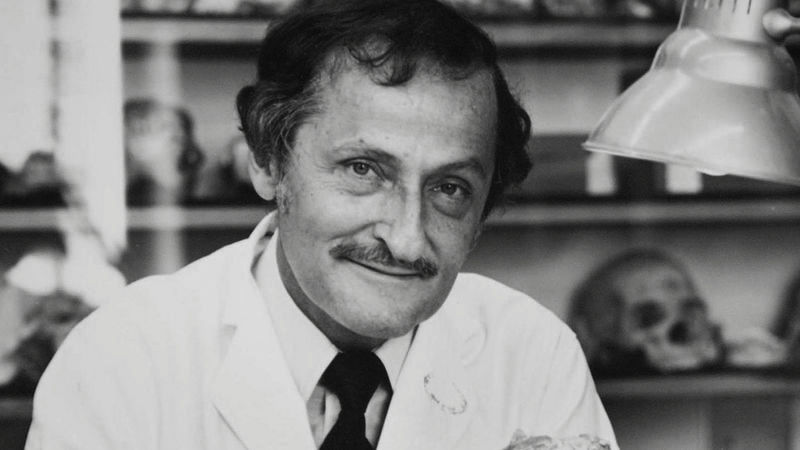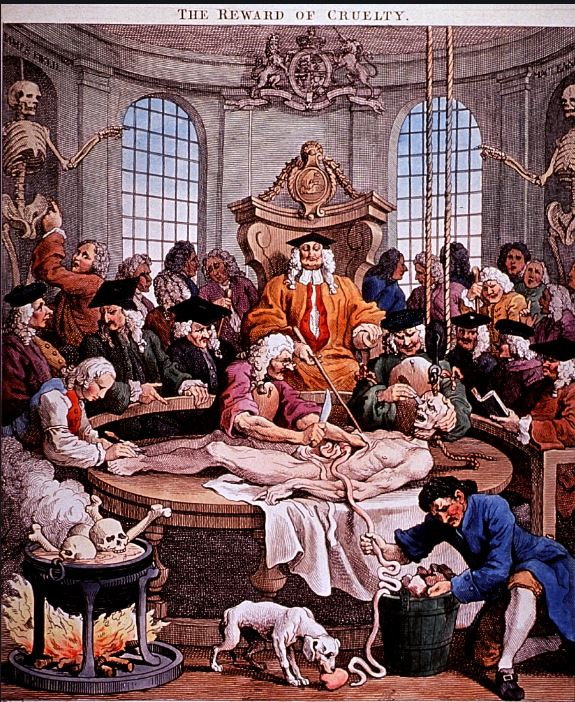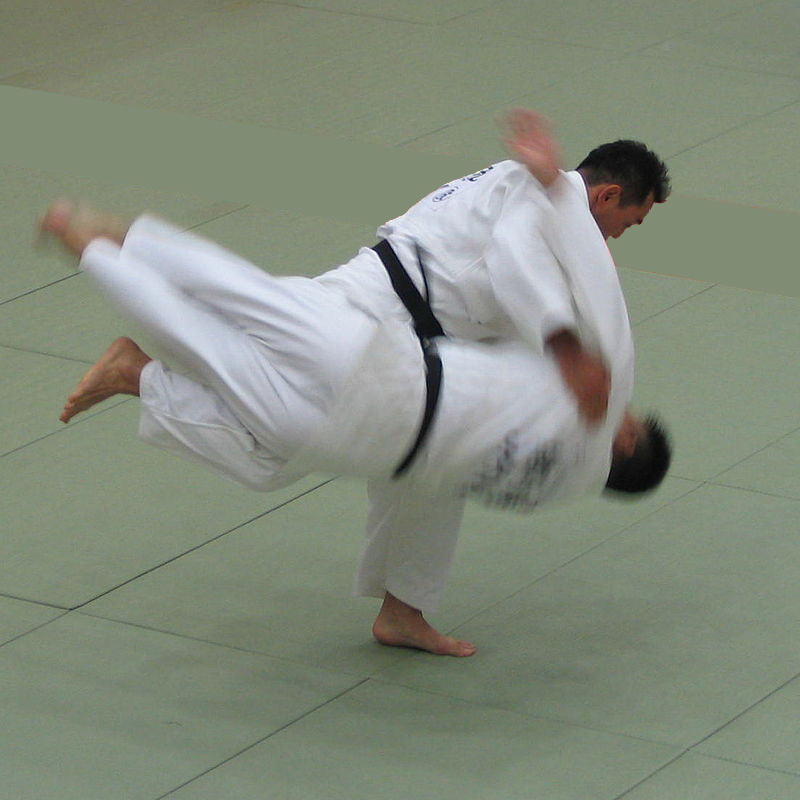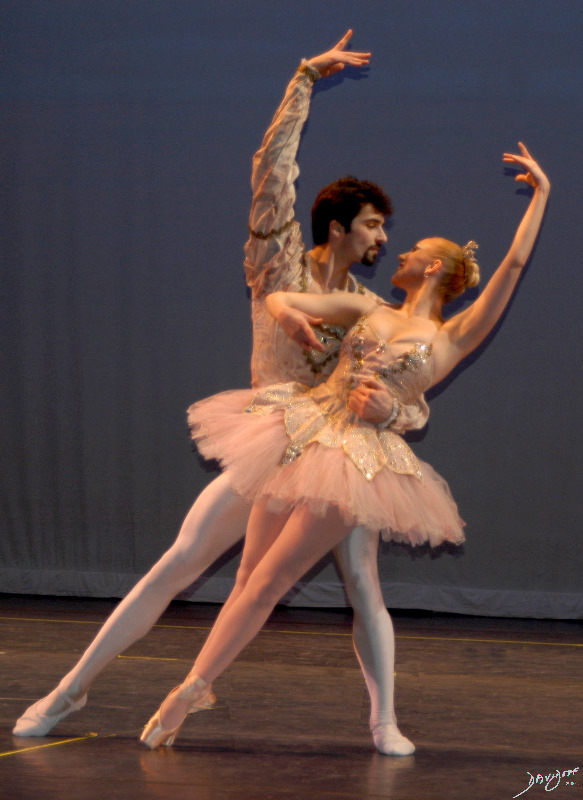Philip Tobias

Collaborating with Louis Leakey, in East Africa in the Olduvai Gorge, Tobias identified, described and named the new species Homo habilis. Homo habilis is a proposed archaic species of Homo, which lived between roughly 2.1 and 1.5 million years ago, and is intermediate between Australopithecus and the somewhat younger Homo erectus.
In our introduction to Anatomy lecture at Wits when Prof. Tobias wanted to teach us about the miracle of the body before we embarked on the dissection. He noted that in the year to come we would be dissecting the organs of this once live human being, and by the end of the year, the face would be nothing but a skinless and featureless part, and the heart and lungs and brain would be in a bucket of formalin.
He introduced a pair of black belt judoka and ballerinas to the students, taking the Hippocratic Oath and dissecting cadavers.?He wanted us to understand that the Hippocratic Oath was a promise to respect human dignity,? recalls Davidoff. ?We were going to dissect the body into all its parts over the year. The judoka and ballerinas were to remind us how these parts working together brought perfection: parts making the whole, and the whole bigger than the parts. This philosophy has remained with me all my life.?

William Hogarth (1751),
Courtesy Pinterest
Professor wanted us to bring all these parts together and witness the miracle of the oneness of things when they worked in harmony

Top image
Bartolomeo Eustachi
(d. 1574)
[anatomist]
Giulio de?Musi
[artist]
Courtesy National Library of Medicine
Bottom Image
Artist Ashley Davidoff MD
National
anatomy 001 low res

Public Domain
By Gotcha 2
introduced a pair of black belt judoka and ballerinas to the students, taking the Hippocratic Oath and dissecting cadavers.

